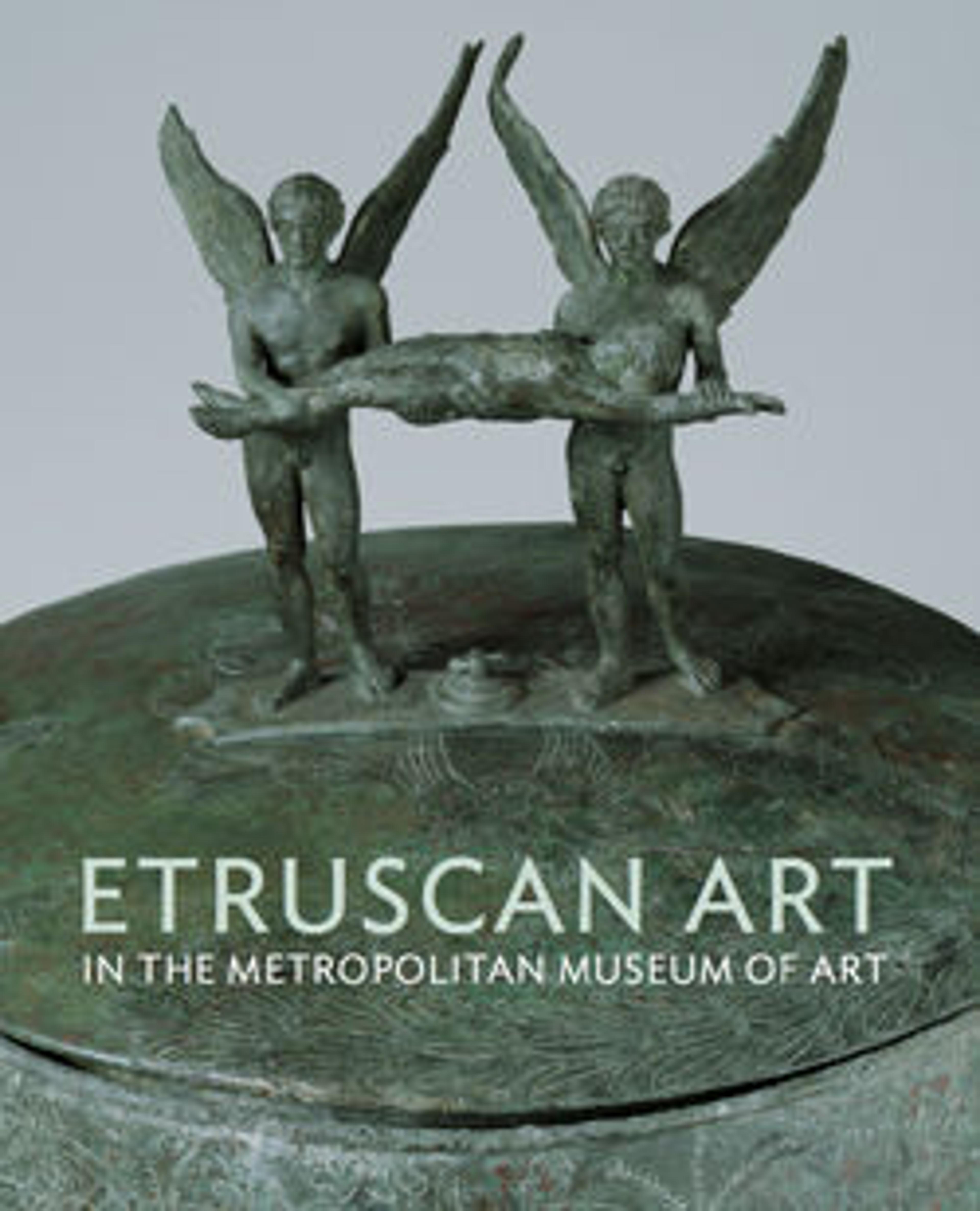Tufa head of sphinx or siren
This large head, made of volcanic stone, probably represents a sphinx or siren. Statues of both mythical creatures, usually depicted by the ancients with human female heads and winged animal or bird bodies, were often placed as guardians near the entrances to Etruscan tombs. The large winged lion on display in this gallery is a better preserved example of this type of stone sculpture. The style of this female head, with its almond-shaped eyes, Archaic smile, and wig-like hair arrangement is strongly reminiscent of Greek, especially Ionian examples. A number of related sculptures, all associated with ancient tombs at Vulci, are in other collections. One of the closest parallels for the Museum's head is in the Ny Carlsberg Glyptotek, Copenhagen.
Artwork Details
- Title: Tufa head of sphinx or siren
- Period: Archaic
- Date: ca. 550–525 BCE
- Culture: Etruscan, probably Vulcian
- Medium: Tufa
- Dimensions: H.: 9 in. (22.9 cm)
- Classification: Stone Sculpture
- Credit Line: Fletcher Fund, 1924
- Object Number: 24.97.10
- Curatorial Department: Greek and Roman Art
More Artwork
Research Resources
The Met provides unparalleled resources for research and welcomes an international community of students and scholars. The Met's Open Access API is where creators and researchers can connect to the The Met collection. Open Access data and public domain images are available for unrestricted commercial and noncommercial use without permission or fee.
To request images under copyright and other restrictions, please use this Image Request form.
Feedback
We continue to research and examine historical and cultural context for objects in The Met collection. If you have comments or questions about this object record, please contact us using the form below. The Museum looks forward to receiving your comments.
